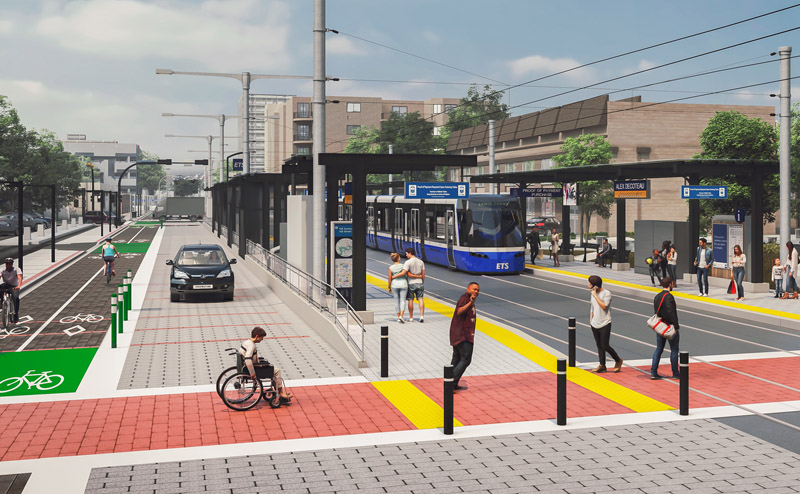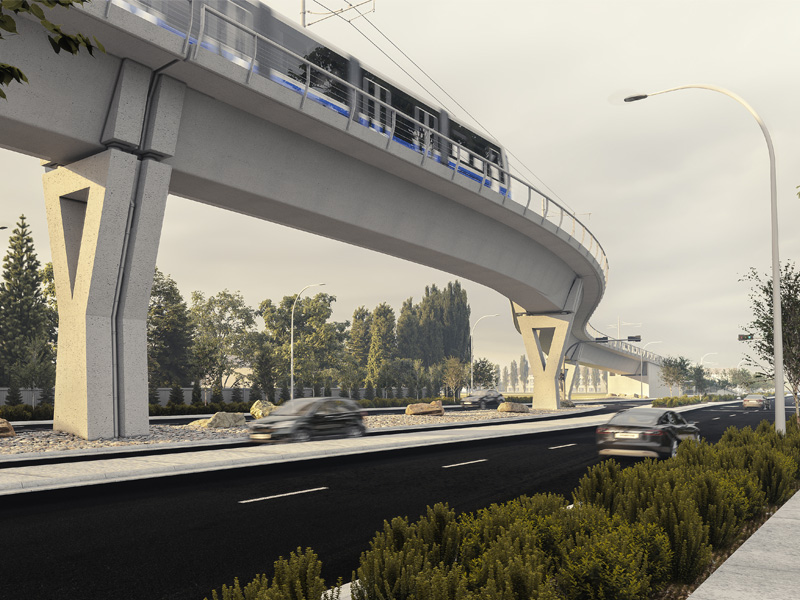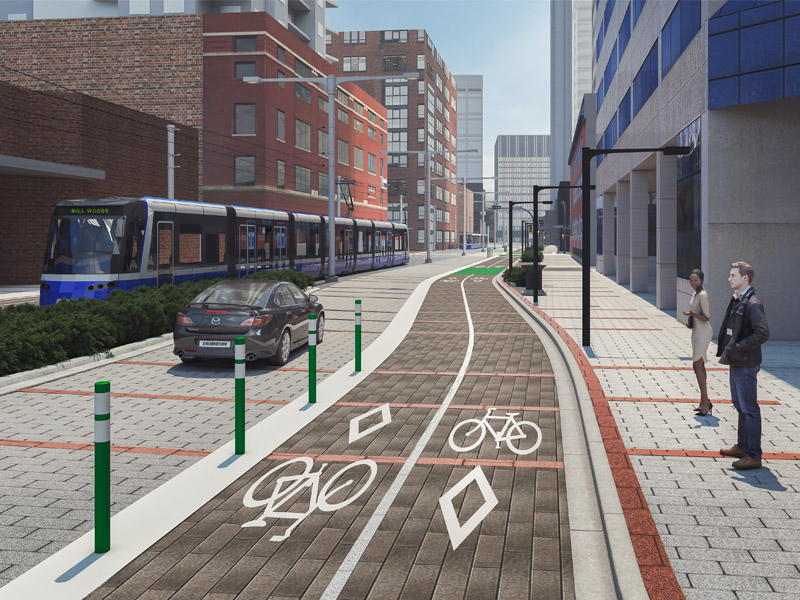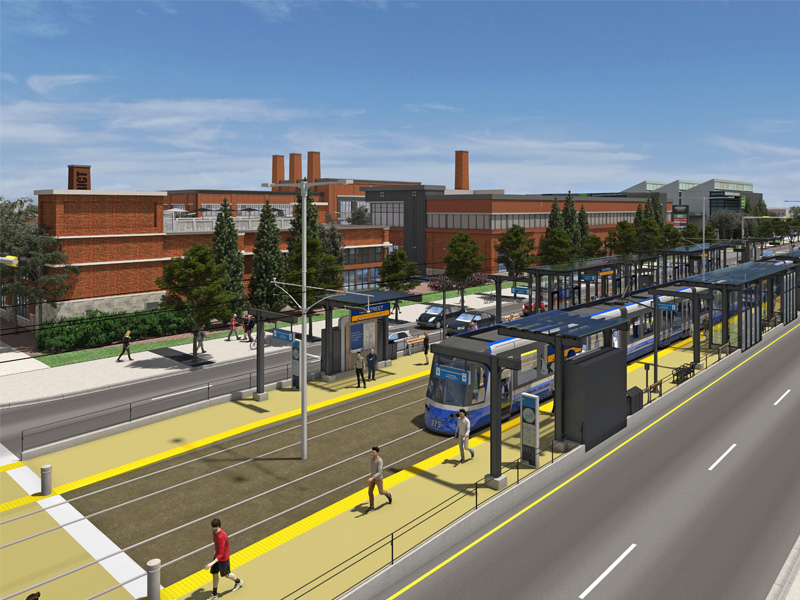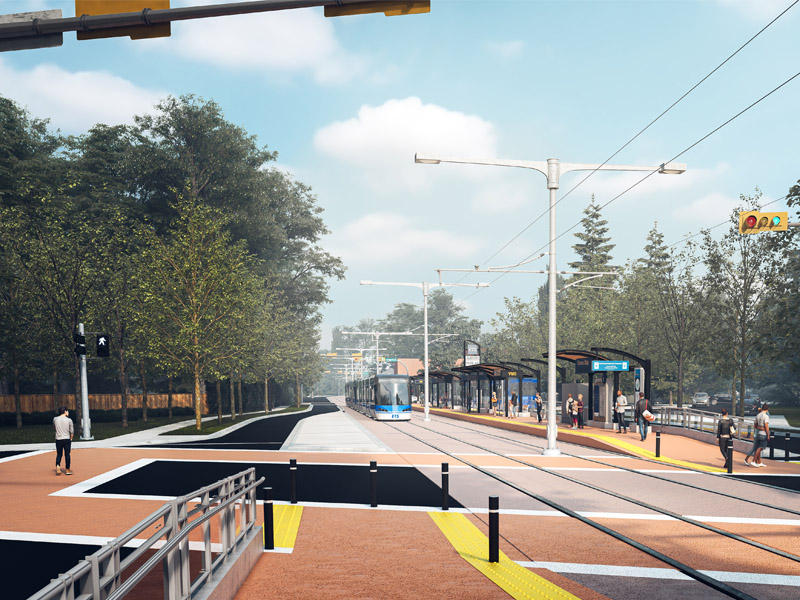The_Cat
Senior Member
I think high-floor LRT seems to work well on railroad rights-of-way, or underground. On the other hand, low-floor seems to fit well into neighbourhoods like Strathearn or 124 Street. They're very accessible.
Using low floor LRT on the Ottawa line, new Calgary green line and on Toronto’s new cross town systems is really puzzling. They have for the most part exclusive r/w and are underground in part where low floor has no benefit. Edmonton’s valley line on the other hand utilizes the benefits of low floor and is appropriate.Hmm, did Edmonton get it wrong by going low floor for the valley line?
Lots of reasons why low floor is inferior to high floor in this episode./
I've been following his channel on Youtube for about 2 years now and I would recommend that you also watched his video on the Edmonton LRT to answer your question. To summarize, the Valley Line, with the characteristics that it has, is more appropriate, according to him, because it integrates better with the residential areas ripe for ToD that it crosses in some points, among other things. For example: low floor integrates more with the urban fabric and can be a catalyst for revitalization of a degraded area or to propel businesses (I would argue that Rio's low floor LRT in the downtown/port area is the best global example in recent years).Hmm, did Edmonton get it wrong by going low floor for the valley line?
Lots of reasons why low floor is inferior to high floor in this episode.
I've never been concerned with the low-floor technology used on the Valley Line. I think that the capacity of the LRVs will suit our city's needs, especially once we further expand the Capital and Metro Lines and significantly bolster their frequencies in the core of the city. Moreover, as mentioned here, the technology meshes well with places like Downtown, Jasper Place and Strathearn. Furthermore, low-floor technology might be more palatable to people in Laurier Heights in case we ever want to build the Whyte Ave line through that area to connect to WEM.Having stayed in oslo and Amsterdam where they have low floor, im a big fan.
Thats why I bought 2 blocks from the new west valley. The whole route until the misecordia will benefit from low floor. These are slow, 50km/hr streets with small homes and big trees. 156st is not 111st. Stony plain road is our first true Street getting the train down it. Jasper, whyte, 124 dont have it. But imagine the size, noise, look of mckernan belgravia down the middle of 124st with patios and storefronts. Itd be super rough.
There are for sure tradeoffs and sacrifices. But I think low floor was the right call.
I also think it shifts the feel from a long commuting train to a neighbourhood access train. Subways and our current high floor feel like they're really meant to move you downtown as fast as possible. Low floor systems help make neighbourhood stops feel more like destinations. This was really felt in places like Bergen when I traveled.
